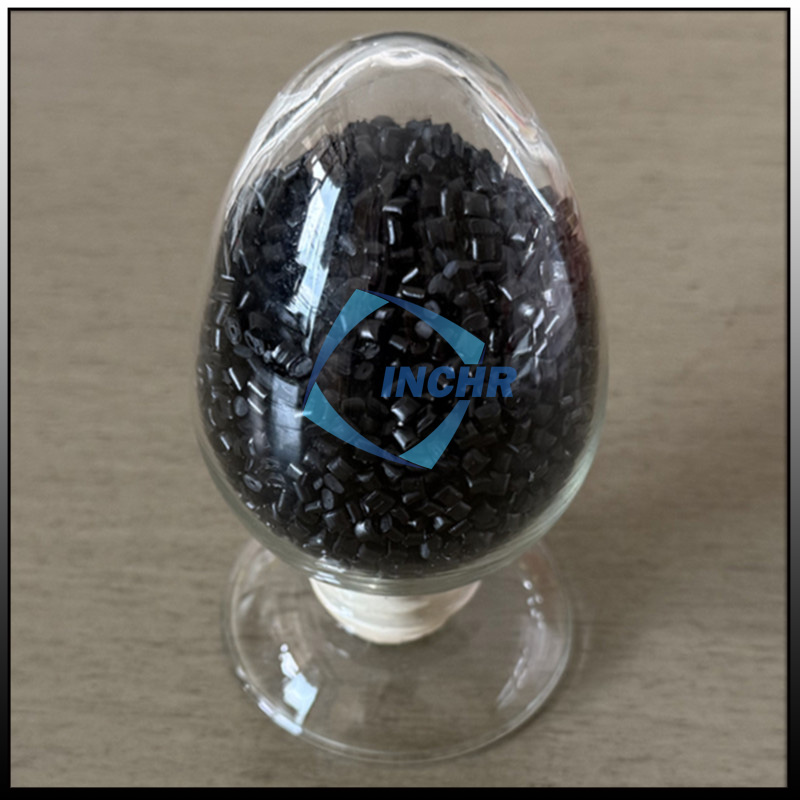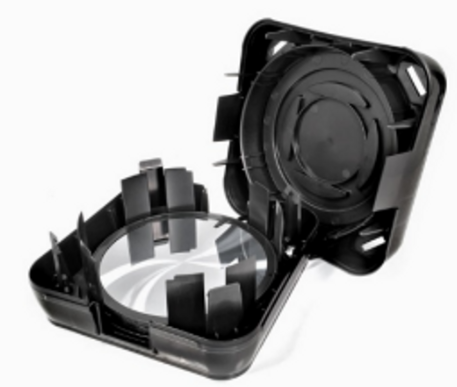Abstract of polycarbonate ESD Compound
Polycarbonate (PC) is a common plastic material. Polycarbonate ESD compound usually refers to polycarbonate with an anti-static function.
Common anti-static polycarbonate compounds are generally formed by modifying other technologies on the surface of ordinary polycarbonate to form an anti-static performance. The surface resistance value is between 10 ^ 8 and 10 ^11 ohms, which is the best state of the anti-static function. It can effectively prevent dust accumulation and avoid the harm caused by static electricity to meet the special needs of the industry in the high-tech era.

Advantages of polycarbonate ESD compound
- Permanently antistatic performance.
- Strong impact resistance, also known as bulletproof glue;
- High-temperature resistance, such as being able to withstand 120℃ high temperature, baby bottles made of certain PC materials can be sterilized in 100℃ boiling water;
- Excellent flame retardancy, the flame retardancy level can reach UL-94 V-0~V-2, and the flame retardancy level can reach V-0 for thickness above 6mm;
- High mechanical strength and excellent processing performance.
Applications of polycarbonate ESD compound
- The semiconductor industry, LCD industry, electronic equipment and microelectronic equipment industry, electronics and electrical, communication manufacturing, precision instruments, optical manufacturing, pharmaceutical industry, and bioengineering industries, can be used for the construction of clean room plants, the shielding of clean room equipment, the separation of clean room space, the production of test fixtures, clean equipment, observation windows and equipment covers, electronic test fixtures, etc.;
- Manufacturing of safety helmets, awnings, hall lighting canopies, swimming pool and stadium roofs, large buildings and vegetable greenhouses, etc.;
- Can be used to produce large lampshades, explosion-proof lamps, high-temperature lenses or perforated mirrors, protective glass, window glass, etc., and can even be used as the outer window of the aircraft cockpit, the left and right eyepiece barrels of optical instruments, large objective lens shells, etc.;
- Can be used to make medical surgical instruments, cups, barrels, dental instruments, drug containers, etc.
In some environments or applications that are sensitive to static electricity, the use of polycarbonate ESD compound can reduce the generation and accumulation of static electricity and protect sensitive electronic components, equipment, or products from static electricity damage.
Will polycarbonate ESD compounds release harmful substances in a high-temperature environment?
Generally speaking, polycarbonate ESD compounds will not release a large amount of harmful substances in a normal high-temperature environment.
However, if the temperature is too high and exceeds the limit that the material can withstand, a certain degree of decomposition may occur, thereby releasing some small molecules, such as bisphenol A. But this usually happens under extreme conditions.
It should be noted that whether harmful substances will be released and the amount of release will be affected by a variety of factors such as the specific composition, manufacturing process, use time, and environment of the polycarbonate ESD compound.
In practical applications, as long as the polycarbonate ESD compound is operated within the specified temperature range, it is usually safe and reliable. Contact us to learn more about polycarbonate ESD Compound.




